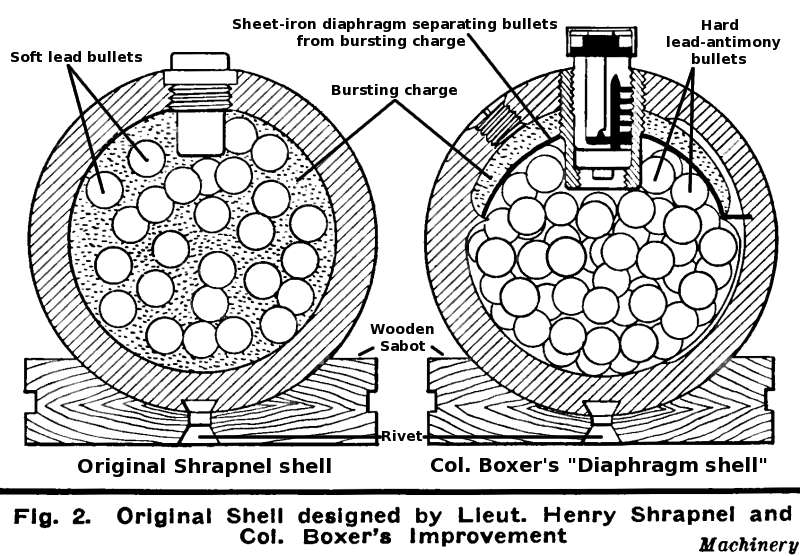DennisS
Contributor
I'd bet it came from Biscayne National Park. You know the place, the one marked on the charts that says "don't go here". Kind of like placing a bar zone in a foreign country off limits and telling the sailors "don't go here".
Legare Anchorage?? Don't dive here, don't snorkel here, don't even think about stopping here. I went to a lecture by the FL U/W archaeology preserve people and listened to them talk about making the state's shipwreck sites open to the public. When I asked about Legare anchorage, I just got a bunch of sputtering.
There are a lot of ship wrecks in what is now Biscayne Nat'l Park. There is a good book that covers them, "Diving to a Flash of Gold" by Martin Meylach. He used to salvage some of them before it was a protected zone. There is a good fold out chart in the back of the book with lots of descriptions of the wrecks in the book. I recommend it to anyone who is interested in the 1733 wrecks in the keys and other wrecks in the northern keys and off of Elliot Key
I used to have four cannon balls, don't know what happened to them. Things used to be a lot looser in the 70's as far as the wrecks go.






